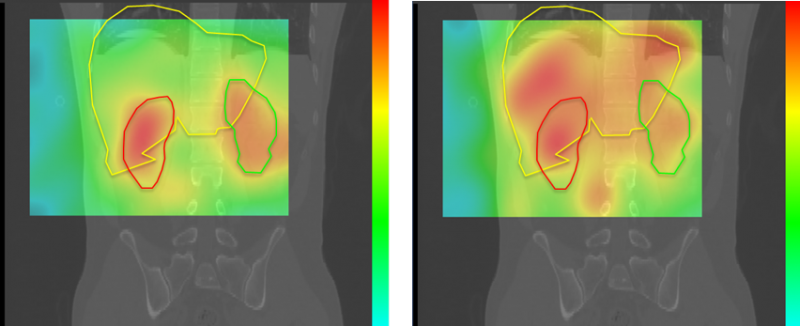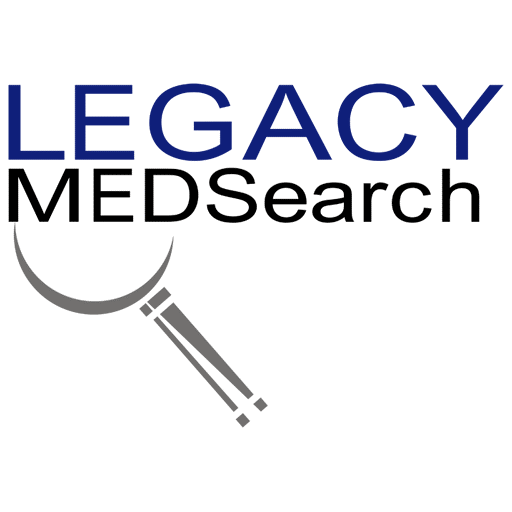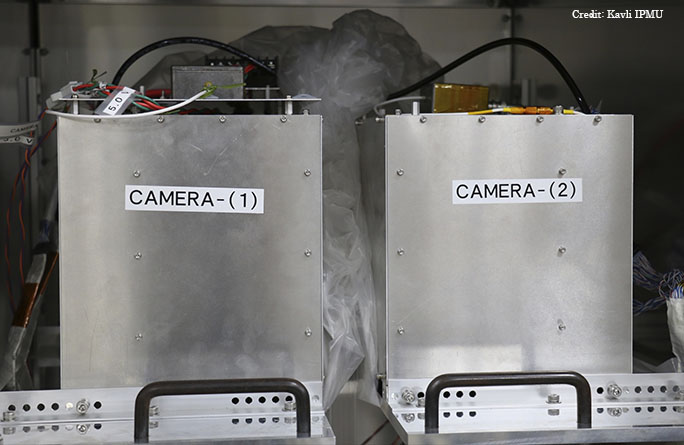Medical device and MedTech insights, news, tips and more
Novel Imaging Method Limits Radiation Dosage from PET, SPECT Scans
August 6, 2019

A team of Japan-based researchers have created a medical camera capable of detecting and imaging radiotracers used in both PET and SPECT scans with limited radiation dosage.
Detailed in Physics in Medicine & Biology, the Compton camera can detect gamma rays in both low and high energy ranges without the need of collimators. Its creators noted in a prepared statement that they believe the novel device can reduce radiation exposure while also decreasing scan times.
PET and SPECT imaging each require small amounts of radiation exposure to patients. SPECT imaging can only detect gamma rays at lower energy levels because collimators become transparent when exposed to higher energy rays. Conversely, PET scans can only detect gamma rays at a higher, specific energy level. Performing both exams separately not only increases radiation exposure, but also scan time.
Takashi Nakano, with Gunma University Heavy Ion Medical Center in Japan, led the team through the first ever clinical trial conducted in human patients. During it, patients were given either 18F-FDG radioactive tracer used in PET, 99mTc-DMSA or 2.3-dimercaptosuccinic acid used in SPECT imaging.
Once the tracers accumulated in the patient’s liver and kidney, the camera was able to simultaneously create 2D images from the different radioisotopes of the patient’s organs.
A hallmark of the camera, according to the authors, is its use of silicon/cadmium telluride (Si/CdTe), which was originally created by Nakano’s team to study cosmic gamma rays. These semiconductors are able to detect gamma ray energies over a much wider range.
“The results show that the Si/CdTe Compton camera has strong potential for on-beam monitoring of annihilation gamma rays in particle therapy in clinical situations,” the authors wrote.
Going forward, the team will perform more trials, and they believe their camera could eventually help develop new radioactive tracers for diagnostic imaging.
See Full Article at the Source: Novel imaging method limits radiation dosage from PET, SPECT scans
Article Written by: Matt O’Connor

A Speciality Recruiting Firm Exclusively Servicing The Medical Device Industry
Legacy MedSearch has more than 30 years of combined experience recruiting in the medical device industry. We pride ourselves on our professionalism and ability to communicate quickly and honestly with all parties in the hiring process. Our clients include both blue-chip companies and innovative startups within the MedTech space. Over the past 10 years, we have built one of the strongest networks of device professionals ranging from sales, marketing, research & , quality & regulatory, project management, field service, and clinical affairs.
We offer a variety of different solutions for hiring managers depending on the scope and scale of each individual search. We craft a personalized solution for each client and position with a focus on attracting the best possible talent in the shortest possible time frame.
Are you hiring?
Contact us to discuss partnering with Legacy MedSearch on your position.


